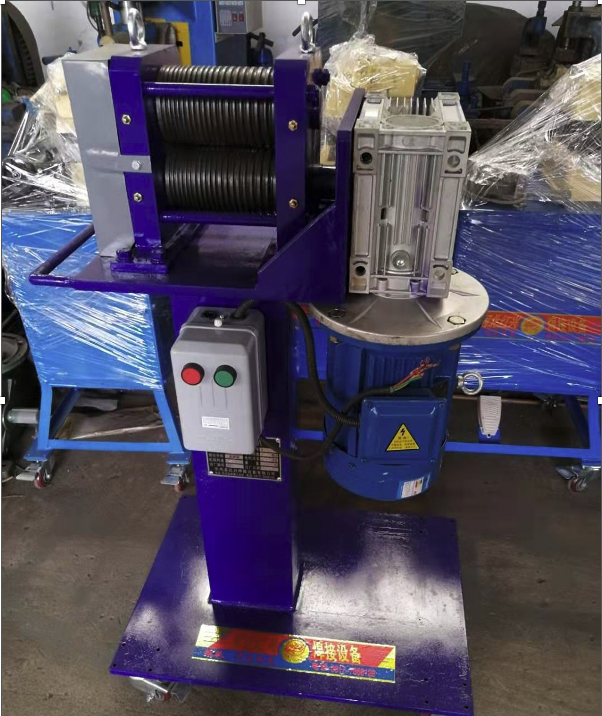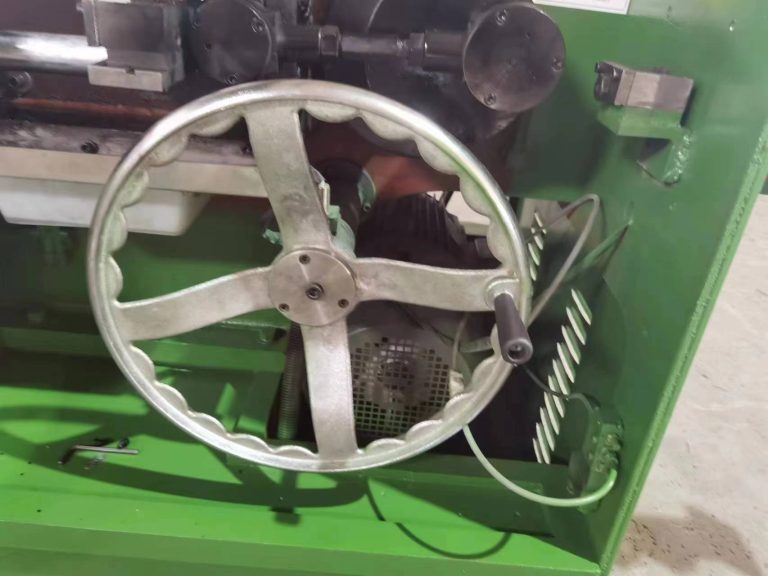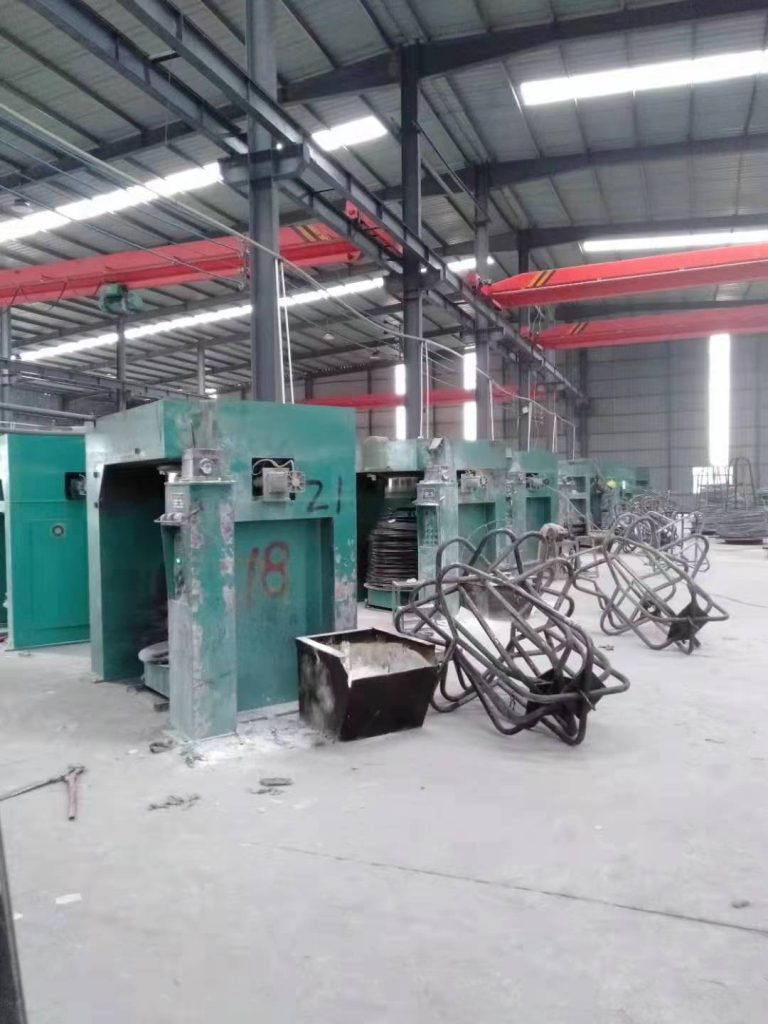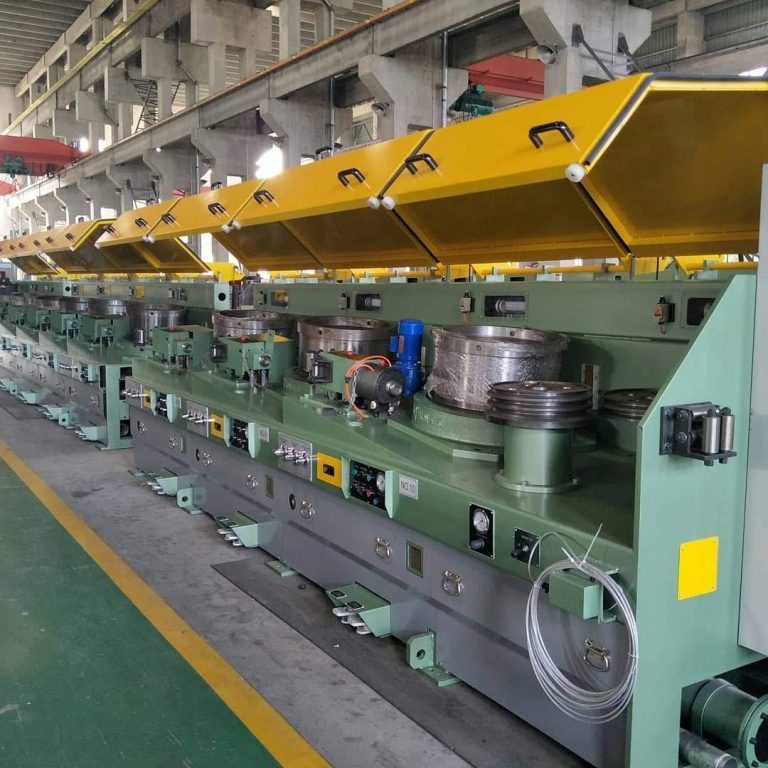Table of Contents
آلة سحب الأسلاك في العمليات الصناعية
سحب الأسلاك هو عملية تستخدم في مختلف الصناعات لتقليل قطر السلك عن طريق سحبه عبر سلسلة من القوالب. تعتبر هذه العملية ضرورية لإنتاج أسلاك بأحجام وأشكال مختلفة تُستخدم في مجموعة واسعة من التطبيقات، بدءًا من الأسلاك الكهربائية وحتى مواد البناء. إحدى الأدوات الرئيسية المستخدمة في سحب الأسلاك هي آلة سحب الأسلاك، والتي تعمل على أتمتة العملية وتضمن نتائج متسقة.
هناك العديد من الفوائد لاستخدام آلة سحب الأسلاك في العمليات الصناعية. إحدى المزايا الرئيسية هي القدرة على إنتاج أسلاك ذات أبعاد دقيقة. من خلال التحكم في السرعة التي يتم بها سحب السلك من خلال القوالب وحجم القوالب نفسها، يمكن للمصنعين إنشاء أسلاك بالقطر الدقيق المطلوب لتطبيقها المحدد. يصعب تحقيق هذا المستوى من الدقة يدويًا ويمكن أن يؤدي إلى منتجات ذات جودة أعلى.

دليل خطوة بخطوة لتشغيل ماكينة سحب الأسلاك للحصول على أفضل النتائج
سحب الأسلاك هو عملية تستخدم لتقليل قطر السلك عن طريق سحبه عبر سلسلة من القوالب. تُستخدم هذه العملية بشكل شائع في تصنيع الأسلاك الكهربائية والكابلات وأنواع مختلفة من المنتجات المعدنية. تعد آلات سحب الأسلاك من المعدات الأساسية لهذه العملية، لأنها توفر الشد والقوة اللازمين لسحب السلك من خلال القوالب.
لتشغيل آلة سحب الأسلاك بشكل فعال، من المهم اتباع عملية خطوة بخطوة لضمان النتائج المثلى. الخطوة الأولى في تشغيل ماكينة سحب الأسلاك هي تحضير السلك للسحب. يتضمن ذلك تنظيف السلك لإزالة أي أوساخ أو حطام قد يتسبب في تلف القوالب. بمجرد تنظيف السلك، يتم إدخاله في الماكينة وتثبيته في مكانه.
الخطوة التالية هي ضبط الماكينة على السرعة والشد المطلوبين. سيختلف هذا حسب نوع وقطر السلك الذي يتم سحبه. من المهم ضبط هذه الإعدادات بعناية لمنع كسر السلك أو تلفه أثناء عملية الرسم.
بمجرد إعداد الجهاز، يمكن أن تبدأ عملية سحب الأسلاك. يتم سحب السلك من خلال سلسلة من القوالب، كل منها أصغر قليلاً من سابقتها. أثناء مرور السلك عبر القالب، يتم ضغطه واستطالته، مما يقلل قطره ويزيد طوله. تتكرر هذه العملية عدة مرات حتى يصل السلك إلى القطر المطلوب.
من المهم طوال عملية السحب مراقبة شد وسرعة الماكينة للتأكد من سحب السلك بشكل صحيح. إذا كان التوتر مرتفعًا جدًا، فقد ينكسر السلك، بينما إذا كان منخفضًا جدًا، فقد لا يتم سحب السلك إلى القطر المطلوب. قد يلزم إجراء تعديلات على إعدادات الماكينة حسب الحاجة لتحقيق النتائج المرجوة.
بمجرد سحب السلك إلى القطر المطلوب، من المهم فحصه بحثًا عن أي عيوب أو عيوب. يمكن لأي عيوب في السلك أن تؤثر على قوته ومتانته، لذلك من المهم فحص السلك بعناية قبل استخدامه في أي تطبيقات.
في الختام، يتطلب تشغيل آلة سحب الأسلاك اهتمامًا دقيقًا بالتفاصيل والدقة. ومن خلال اتباع عملية خطوة بخطوة ومراقبة إعدادات الماكينة طوال عملية الرسم، يمكن تحقيق النتائج المثلى. يعد الإعداد الصحيح للسلك، وضبط الماكينة على السرعة والشد الصحيحين، وفحص السلك بحثًا عن العيوب، كلها خطوات أساسية في عملية سحب الأسلاك. من خلال الممارسة والخبرة، يمكن للمشغلين إتقان فن سحب الأسلاك وإنتاج أسلاك عالية الجودة لمجموعة متنوعة من التطبيقات.
Wire drawing is a process used to reduce the diameter of a wire by pulling it through a series of dies. This process is commonly used in the manufacturing of electrical wiring, cables, and various types of metal products. Wire Drawing Machines are essential equipment for this process, as they provide the necessary tension and force to pull the wire through the dies.
To operate a wire drawing machine effectively, it is important to follow a step-by-step process to ensure optimal results. The first step in operating a wire drawing machine is to prepare the wire for drawing. This involves cleaning the wire to remove any dirt or debris that could cause damage to the dies. Once the wire is clean, it is fed into the machine and secured in place.
The next step is to set the machine to the desired speed and tension. This will vary depending on the type and diameter of the wire being drawn. It is important to carefully adjust these settings to prevent the wire from breaking or becoming damaged during the drawing process.
Once the machine is set up, the wire drawing process can begin. The wire is pulled through a series of dies, each one slightly smaller than the last. As the wire passes through the dies, it is compressed and elongated, reducing its diameter and increasing its length. This process is repeated multiple times until the wire reaches the desired diameter.
Throughout the drawing process, it is important to monitor the tension and speed of the machine to ensure that the wire is being drawn properly. If the tension is too high, the wire may break, while if it is too low, the wire may not be drawn to the desired diameter. Adjustments may need to be made to the machine settings as needed to achieve the desired results.
Once the wire has been drawn to the desired diameter, it is important to inspect it for any defects or imperfections. Any flaws in the wire could compromise its strength and durability, so it is important to carefully examine the wire before it is used in any applications.
In conclusion, operating a wire drawing machine requires careful attention to detail and precision. By following a step-by-step process and monitoring the machine settings throughout the drawing process, optimal results can be achieved. Proper preparation of the wire, setting the machine to the correct speed and tension, and inspecting the wire for defects are all essential steps in the wire drawing process. With practice and experience, operators can master the art of wire drawing and produce high-quality wire for a variety of applications.






